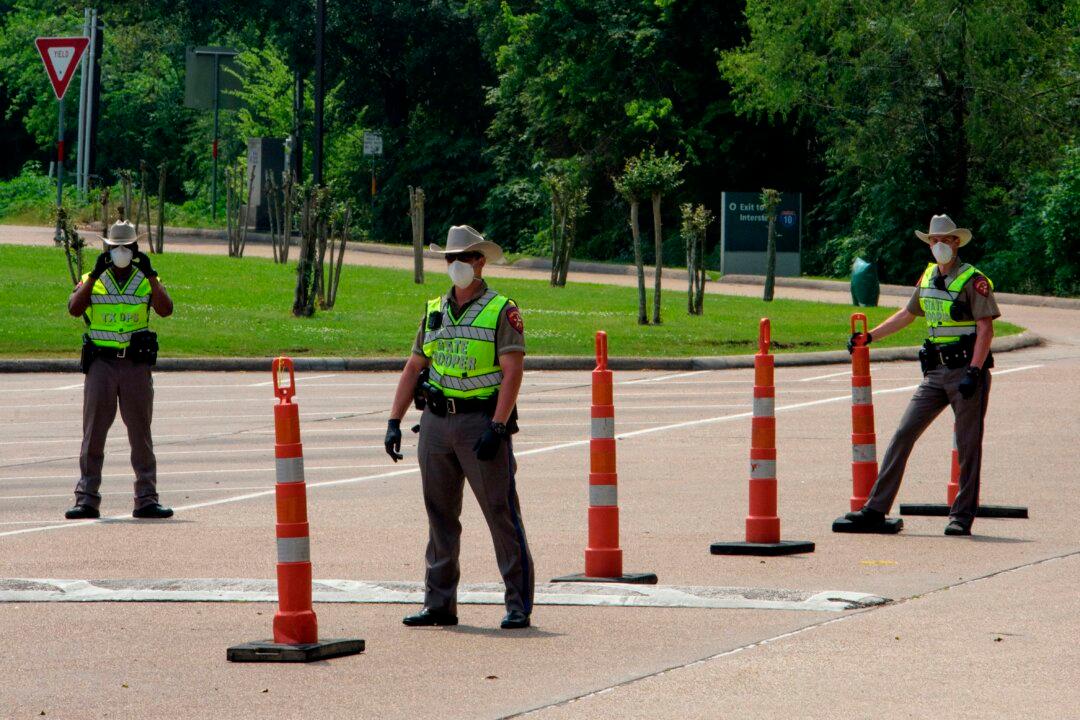One of the professors behind a major model that has twice been revised in recent days defended initial projections and said the shifts came after Americans practiced social distancing.
“Americans are doing their part and staying at home and social distancing is working,” Ali Mokdad, professor of Health Metrics Sciences at the University of Washington’s Institute for Health Metrics and Evaluation (IHME), said during an appearance on Fox News’ “The Story” on Thursday night.





